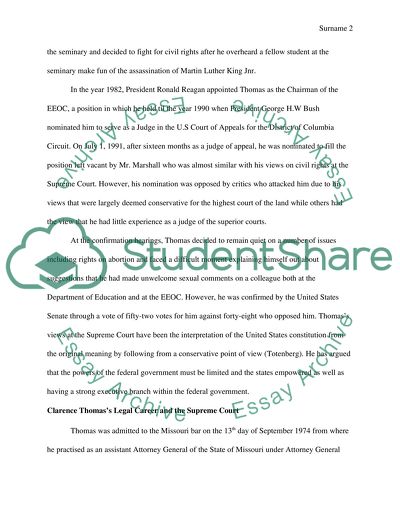Cite this document
(“Supreme Court Justice Clarence Thomas Research Paper”, n.d.)
Supreme Court Justice Clarence Thomas Research Paper. Retrieved from https://studentshare.org/history/1485232-supreme-court-justice-clarence-thomas
Supreme Court Justice Clarence Thomas Research Paper. Retrieved from https://studentshare.org/history/1485232-supreme-court-justice-clarence-thomas
(Supreme Court Justice Clarence Thomas Research Paper)
Supreme Court Justice Clarence Thomas Research Paper. https://studentshare.org/history/1485232-supreme-court-justice-clarence-thomas.
Supreme Court Justice Clarence Thomas Research Paper. https://studentshare.org/history/1485232-supreme-court-justice-clarence-thomas.
“Supreme Court Justice Clarence Thomas Research Paper”, n.d. https://studentshare.org/history/1485232-supreme-court-justice-clarence-thomas.


